The Unsung Hero in Your Junk Drawer: A Pro’s Guide to the Bobby Pin
I’ve spent more years than I can count working backstage in theater, in the whirlwind world of wardrobe and props. In that environment, you learn to solve impossible problems in seconds with whatever you can grab. When a hem drops right before an actor walks into the spotlight, there’s no time for a needle and thread. When a prop refuses to stay put, you need an invisible fix, and you need it now. And honestly, the tool that saved the day most often wasn’t in a fancy toolbox. It was a humble bobby pin.
In this article
Over the decades, I’ve seen these little bits of spring steel work miracles, but I’ve also seen them fail spectacularly when someone asked too much of them. They aren’t magic. They’re tools. And like any tool, the key to using them well is understanding what they’re made of and what they can—and definitely cannot—do.
Forget the cutesy life hacks. This is the technician’s take on one of the most underrated pieces of engineering you can find.
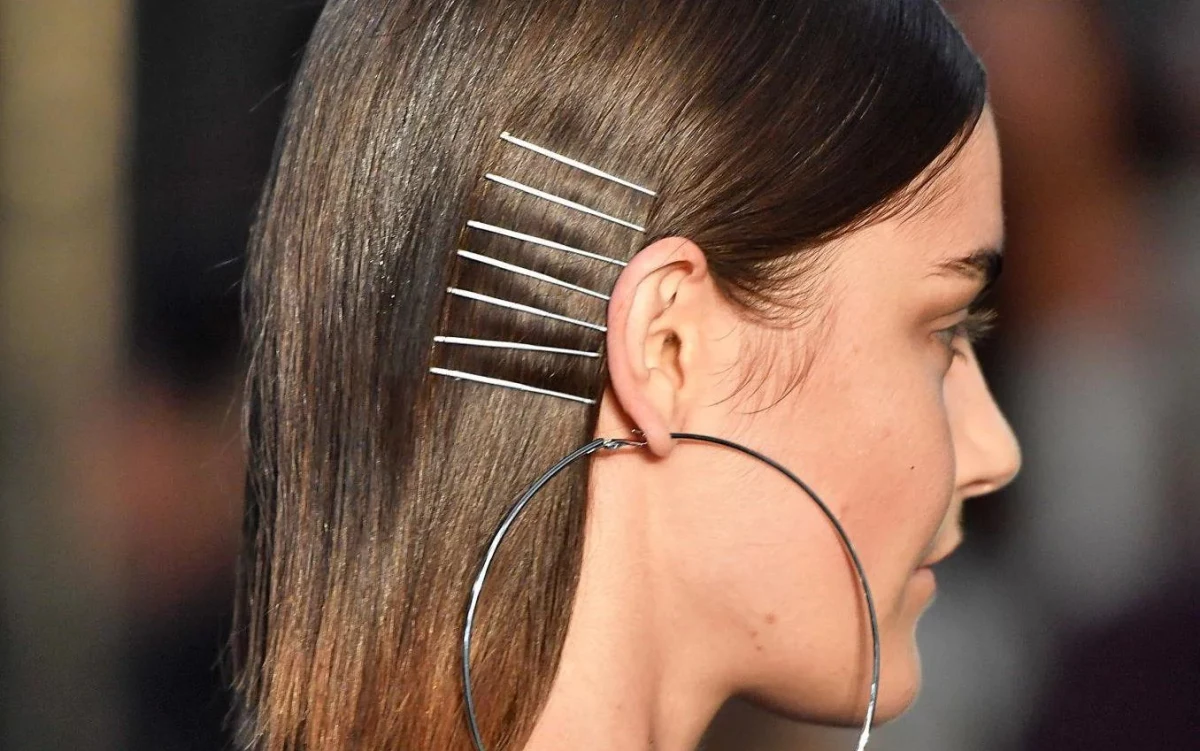
First Things First: Not All Bobby Pins Are Created Equal
Before we even get into the cool tricks, let’s get one thing straight. The flimsy, 99-cent pack of bobby pins from the dollar store is not your friend. They bend, they lose their grip after one use, and the little plastic tips pop right off. It’s a classic case of getting what you pay for.
For a truly reliable tool, you need to invest in a professional pack. We’re talking about brands like Marianna or Scunci, which you can find at any beauty supply store or online for about $5 to $8. The difference is night and day. The professional-grade pins use a much stronger tempered steel, meaning they have incredible “spring-back” and can be used over and over without losing their tension. Their grip is significantly tighter, and the polymer tips are properly secured, so they won’t fall off and snag delicate fabric or scratch surfaces. Seriously, this is the most important upgrade you can make.
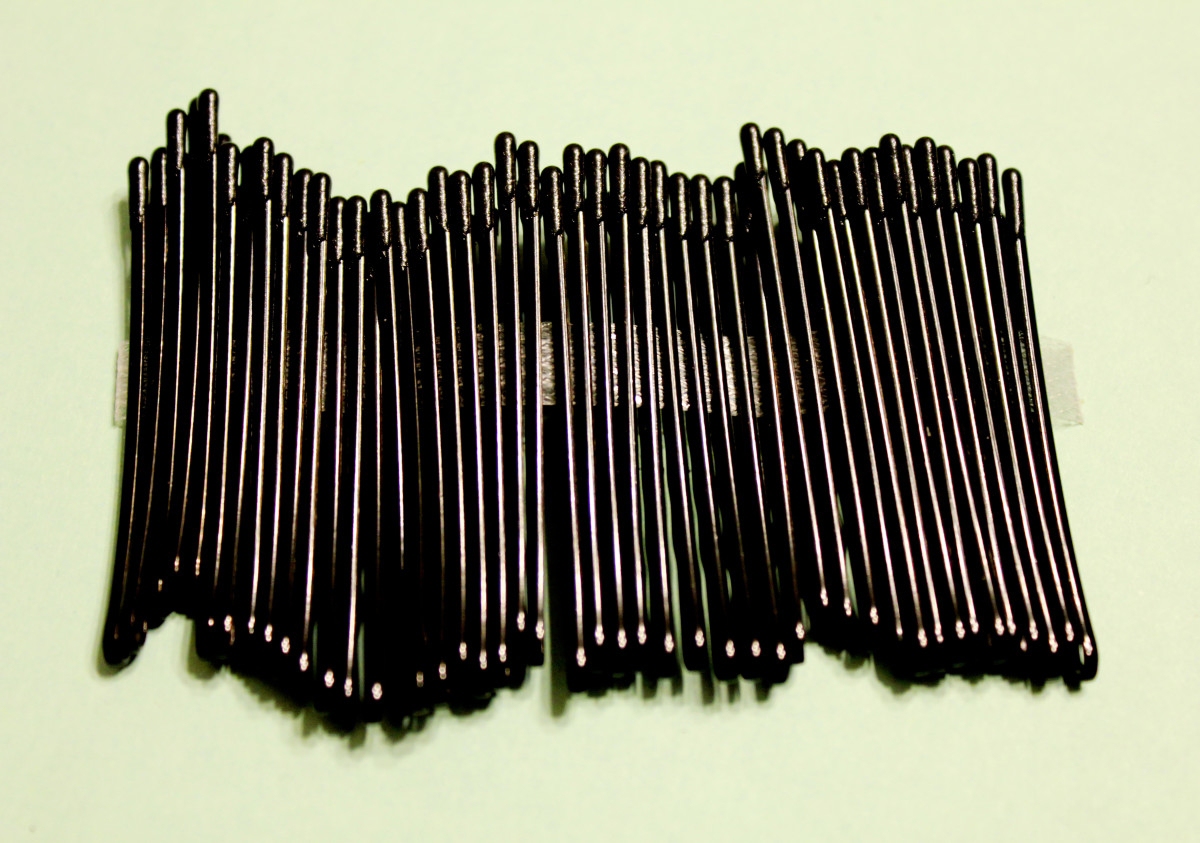
The Simple Science of a Powerful Grip
So, what makes a good bobby pin work so well? It’s all down to some clever design.
Material: It’s All About the Spring Steel
At its heart, a bobby pin is made of tempered spring steel. This isn’t just random metal; it’s a specific steel alloy that’s been heat-treated to give it a high yield strength. In plain English, that means you can bend it open, and it will forcefully try to snap back to its original shape. This “material memory” is the source of its gripping power.
But there’s a limit. If you pull the prongs too far apart, you’ll push the metal past its elastic limit, permanently deforming it. That’s when it loses its spring and becomes useless. I’ve watched new assistants ruin a dozen pins trying to force them over a thick seam. A good bobby pin should never be forced.
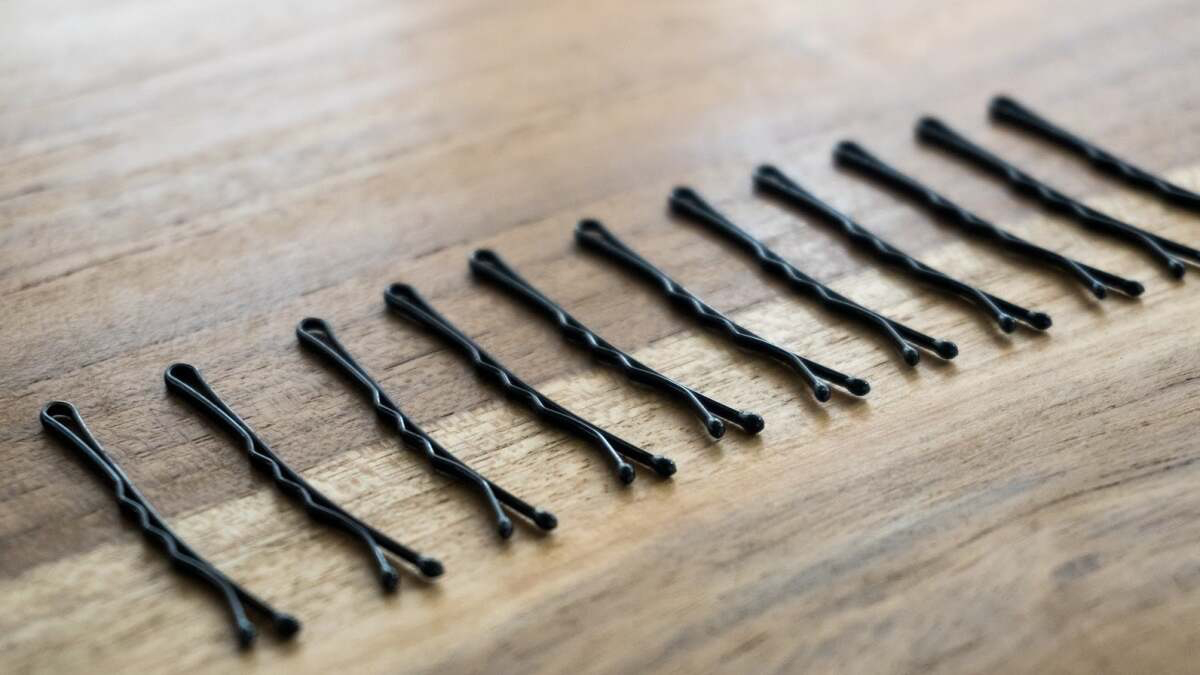
Design: Form That Follows Function
The classic design is simple but brilliant. One prong is straight for smooth entry, while the other is wavy or ridged. Those ridges are crucial—they increase the surface area and create friction, which prevents the pin from slipping. Pro tip: Whether in hair or on fabric, the wavy side should always face the surface you’re gripping for maximum hold.
And those little plastic balls on the tips? They’re not just for decoration. They prevent the sharp metal from scratching you or snagging delicate materials like silk. I have a personal rule: if the tip is missing, the pin goes in the trash. It’s just not worth the risk of damaging a costume or a piece of furniture.
Backstage Secrets for Everyday Problems
In the theater, fixes need to be fast, effective, and invisible. Here are a couple of the most common tricks we used that you can easily adopt.

The 30-Second Emergency Hem Fix
A ripped hem can be a real headache. Safety pins are bulky and can pop open, but a bobby pin is the perfect stealthy solution. Here’s how to do it right:
1. First, fold the loose hem back into its proper position.
2. Working from the inside of the garment, slide the straight prong of the bobby pin horizontally into the folded-over fabric. You want it to run parallel to the bottom edge of the hem.
3. Here’s the key part: As you slide the pin in, gently “dip” the tip down to catch just a few threads of the main garment fabric, then guide it back up into the hem fabric. This tiny weave is what locks it in place and prevents it from just sliding out.
For heavier fabrics like denim or wool, you might need two or three pins spaced a few inches apart. This fix is surprisingly durable, but remember, it’s a temporary solution. Get it properly stitched later!
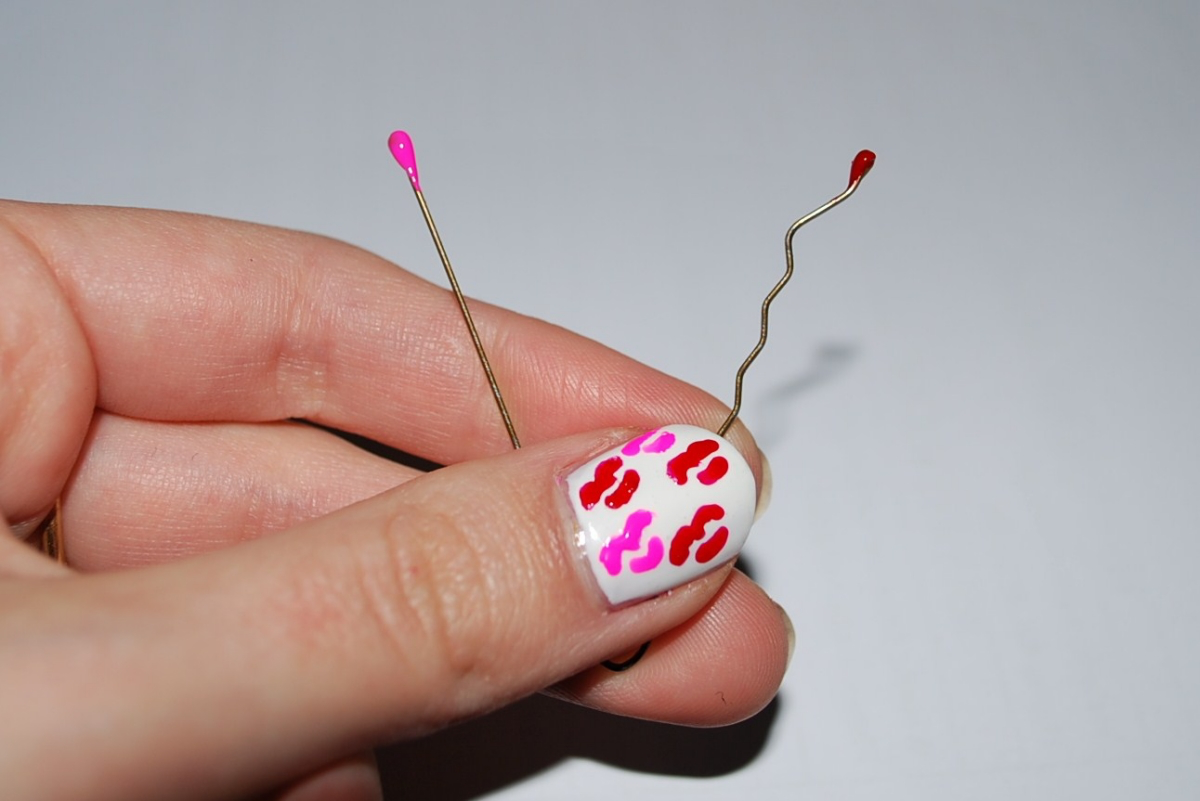
The Unfailing Zipper Pull Replacement
A broken zipper pull, especially on a jacket or a bag, is a major pain. A bobby pin is the standard field repair. The common method is to just thread it through the hole, but that can easily fall off. The professional fix is much more secure.
Slide one prong through the small hole on the zipper slider. Then, and this is the important bit, slide the other prong over the first one, essentially pinning the bobby pin to itself. This closes the loop. I once used this trick on a heavy leather jacket for a rock musical, and that single bobby pin held up through two months of nightly shows. For extra grip, you can wrap a small piece of duct or gaffer’s tape around the base to create a more robust tab.
Workshop Uses (And a Big Warning)
The bobby pin’s thin, strong profile makes it handy around the house, but this is also where people get into trouble.
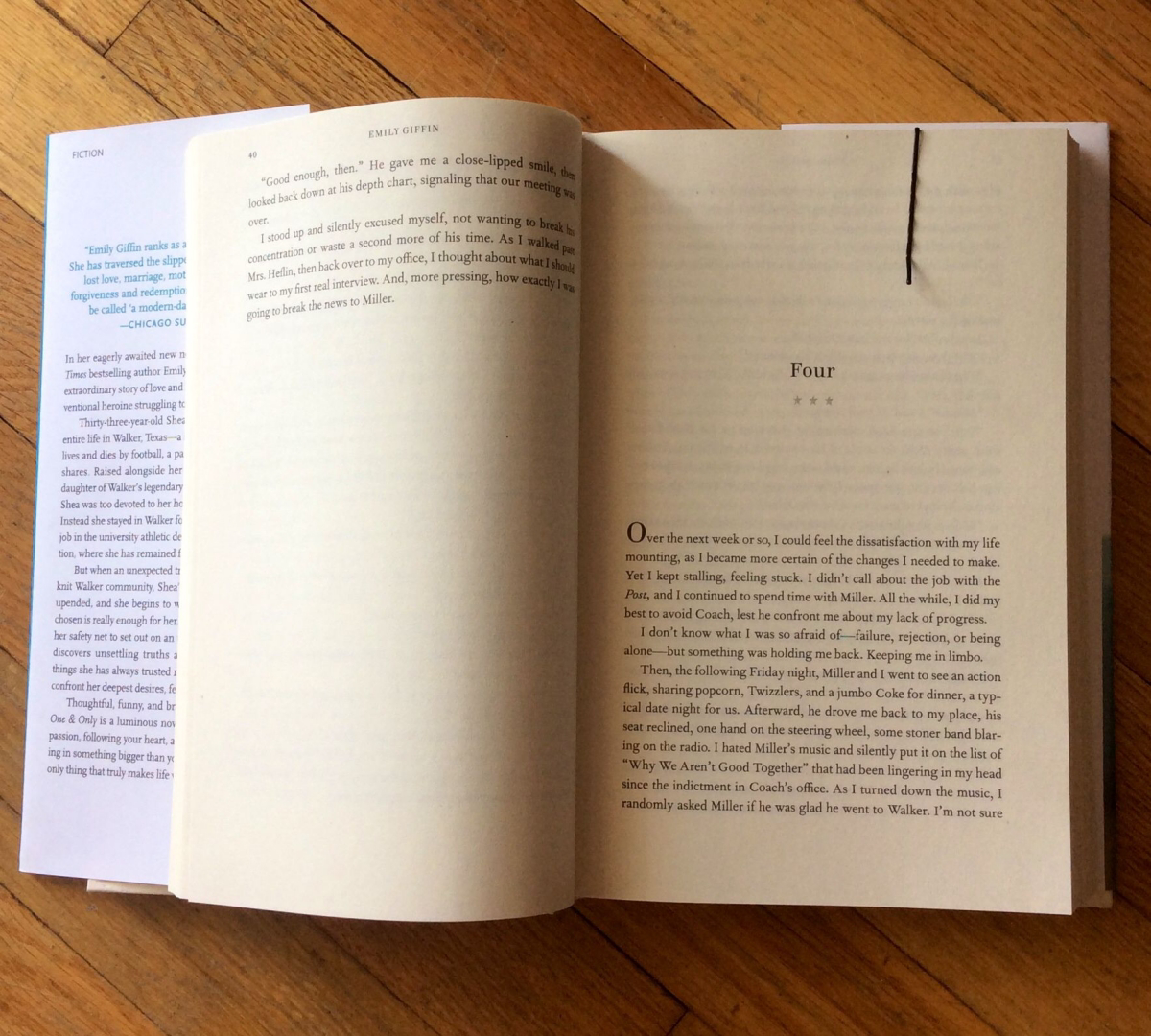
Let’s Be Real About Lock Picking
Okay, we have to talk about the biggest myth. You are not going to pick your front door lock with a bobby pin. Movies lied to you. Modern locks are far too complex, and trying this is a terrible idea.
Heads up! You are far more likely to snap the flimsy pin, leaving a piece of metal wedged deep inside the lock mechanism. Now your problem just went from a lost key to a $150 locksmith bill. The only thing a bobby pin might open is a very cheap privacy knob on an interior bathroom door or a simple diary lock. Even then, you’re more likely to damage the lock than open it. Just don’t.
What It’s Actually Good For
Here’s where it really shines in the workshop:
- Resetting Electronics: It’s the perfect tool for hitting those tiny, recessed reset buttons on routers and other gadgets. The polymer tip is ideal because it won’t scratch the plastic.
- Cleaning Tight Spaces: Use it to carefully scrape lint out of a phone’s charging port (with the device turned OFF!) or clean gunk from keyboard crevices and screw heads. Just remember, steel conducts electricity, so never, ever poke around in a device that’s plugged in or has a battery connected.
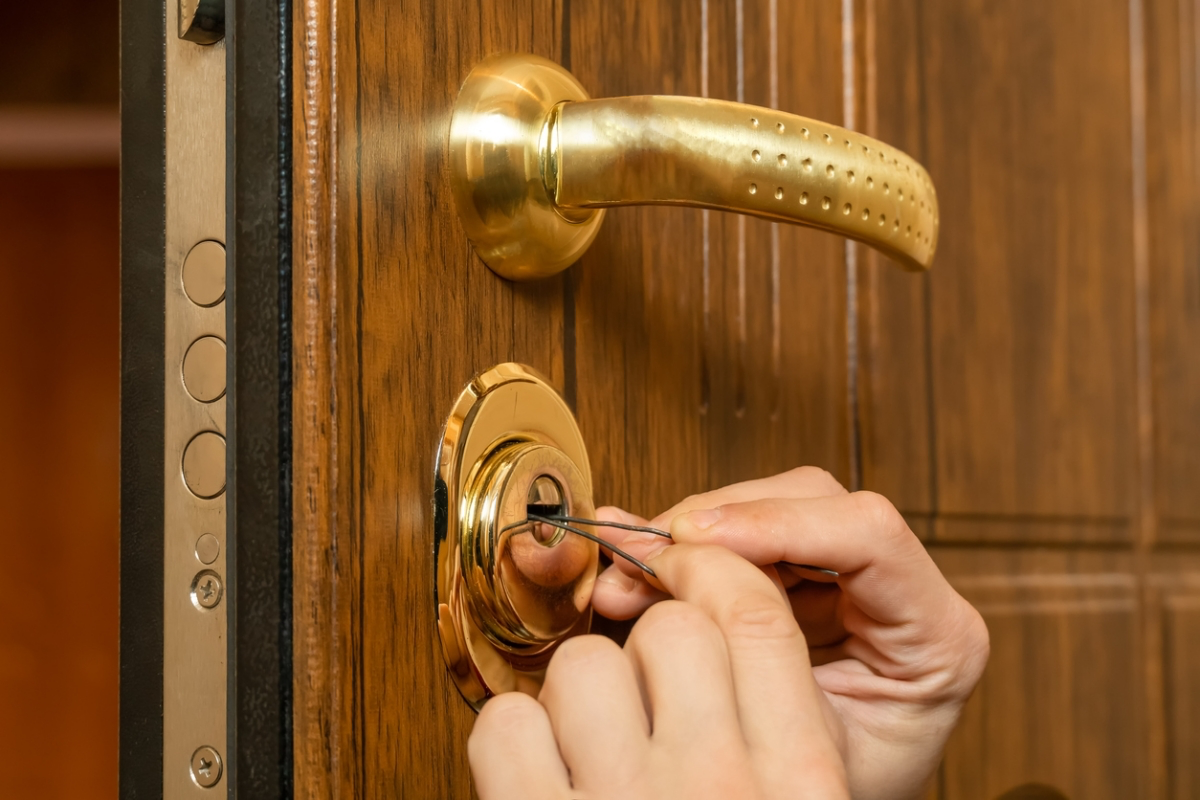
Getting Creative: The Bobby Pin as an Art Tool
With a little creativity, a bobby pin can be a surprisingly versatile craft supply.
A Pro Tip for Altering Pins
If you’re using pins for crafts like sgraffito (scratching designs into pottery) and need the sharp metal end, don’t just try to yank the polymer tip off—you’ll likely bend the prong. Here’s a much better way: use a pair of needle-nose pliers to gently crush the plastic ball. It will crumble right off, leaving the pin perfectly straight.
Painting and Texturing
The different ends of the pin are great for creating unique textures in paint or clay. The rounded tip is perfect for making uniform dots (a technique called pointillism). The open, U-shaped end can be used to stamp patterns or be dragged through wet paint to create interesting parallel lines. It’s a fantastic little tool for adding fine detail.
A Final Word on Safety
I’ll say it again: a tool is only as good as the person using it. A bobby pin seems harmless, but you need to respect it.
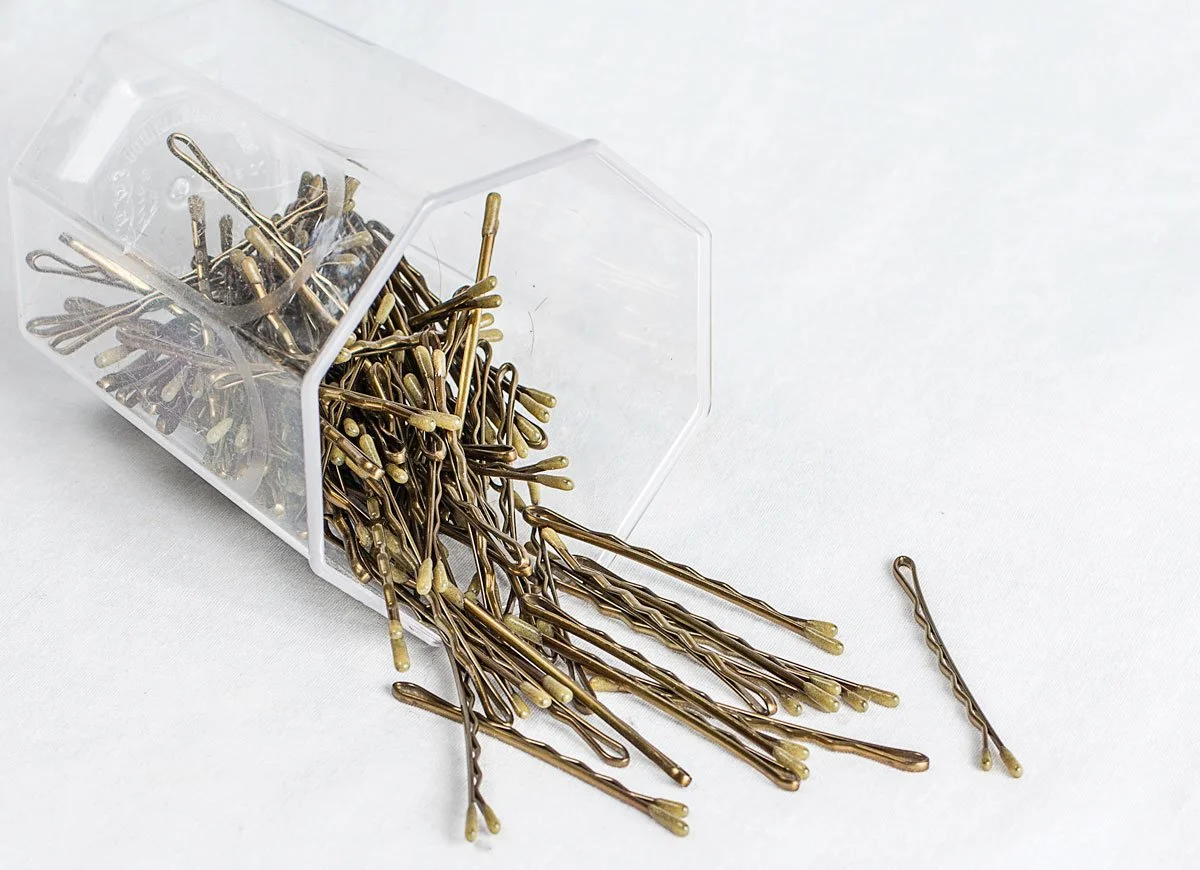
- Metal Fatigue is Real: Bend it back and forth enough, and it will snap, creating a surprisingly sharp edge. Be careful, and wear safety glasses if you’re cutting or bending them with pliers.
- It’s NOT a Pry Bar: Don’t use it to open a paint can or as a makeshift screwdriver. It will bend instantly, and you’ll probably jam your hand into something sharp.
- Know When to Call a Pro: A bobby pin is for temporary, non-critical fixes. If you have a serious problem, like a broken lock or a ripped seam on an expensive coat, call a locksmith or a tailor. Knowing the limit of a clever fix is the smartest trick of all.
Galerie d’inspiration
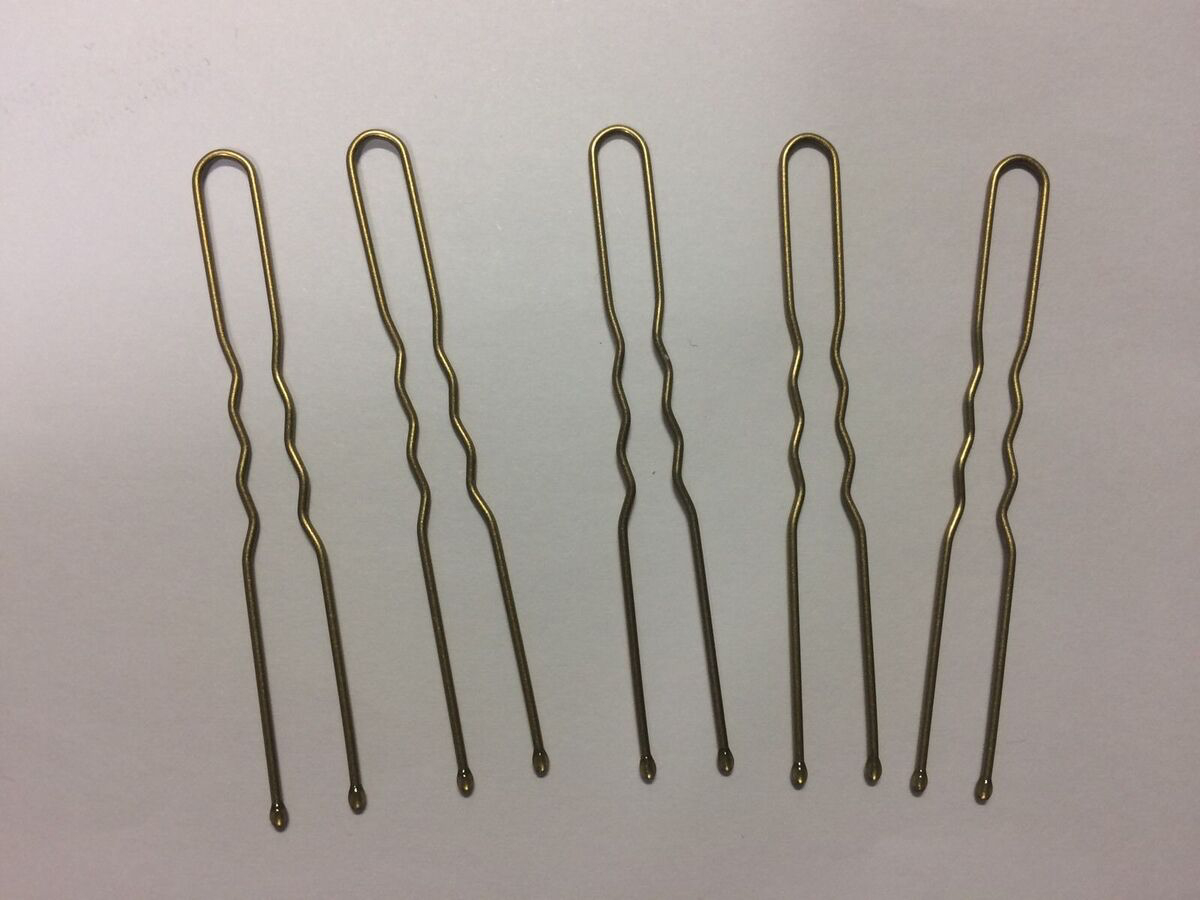

The universal tell-tale sign of an amateur? They insert the bobby pin with the wavy side up.
For maximum grip, the wavy side should always be against the primary surface. Those ridges aren’t for decoration; they’re engineered to create friction and prevent slippage, while the straight upper arm provides the clamping tension. Whether you’re securing a rogue wire behind a desk or pinning a fabric fold, placing it wavy-side-down is the single most effective trick for a hold that won’t budge.
Don’t be afraid to modify your bobby pins. With a pair of needle-nose pliers, these simple steel tools become a custom solution for countless tiny problems around the house or workshop.
- Create a Mini-Hook: Gently bend the last half-inch of one arm into a ‘U’ shape to fish a lost string out of a hoodie or retrieve a dropped screw from a tight space.
- Makeshift Pry Tool: Use the straight end to carefully lift the edge of a sticker or open the battery compartment on a stubborn remote.
- Reset Button Pusher: It’s the perfect size and strength for pressing recessed reset buttons on electronics without causing damage.
The secret is to use a strong, professional-grade pin, like one from Marianna, that can withstand being bent without snapping or losing all its tension.










